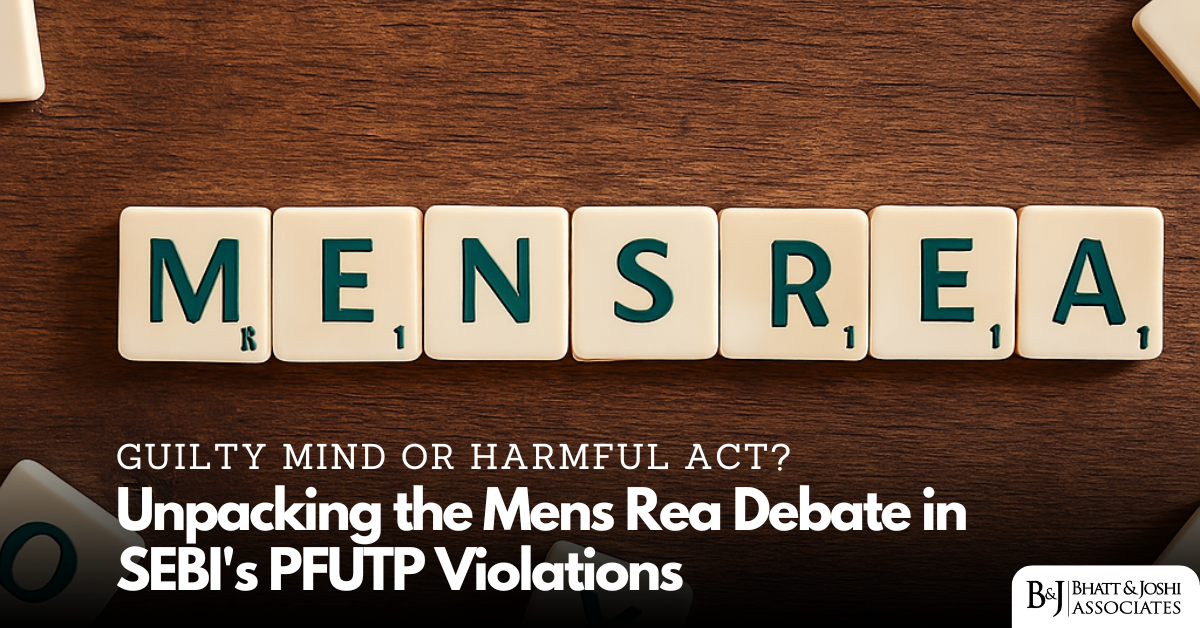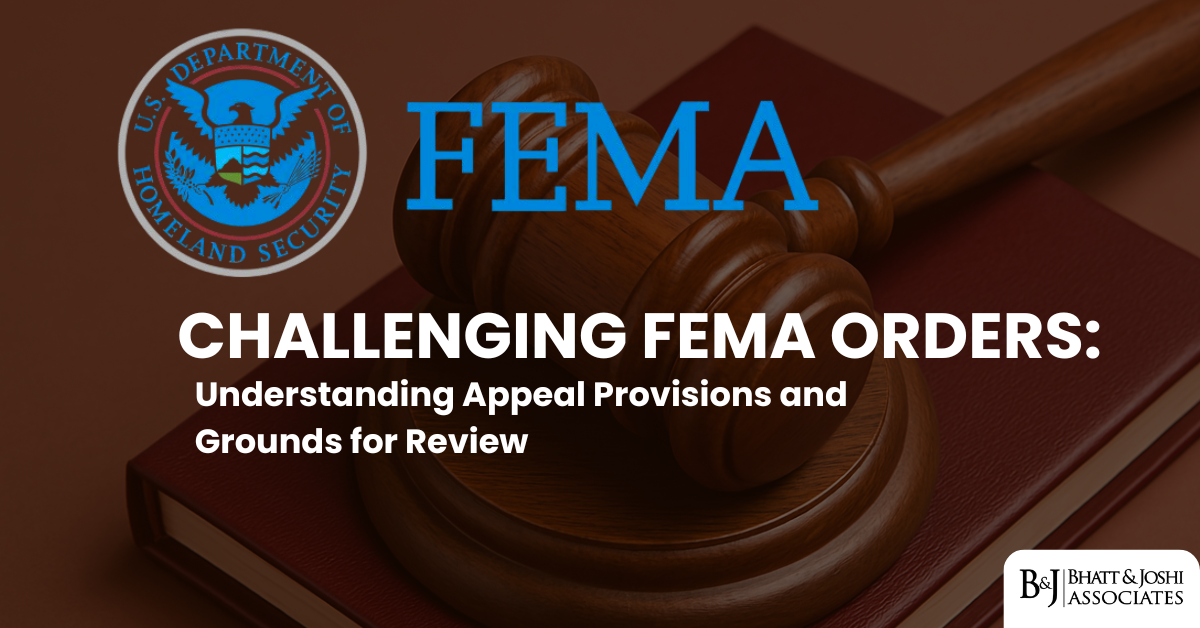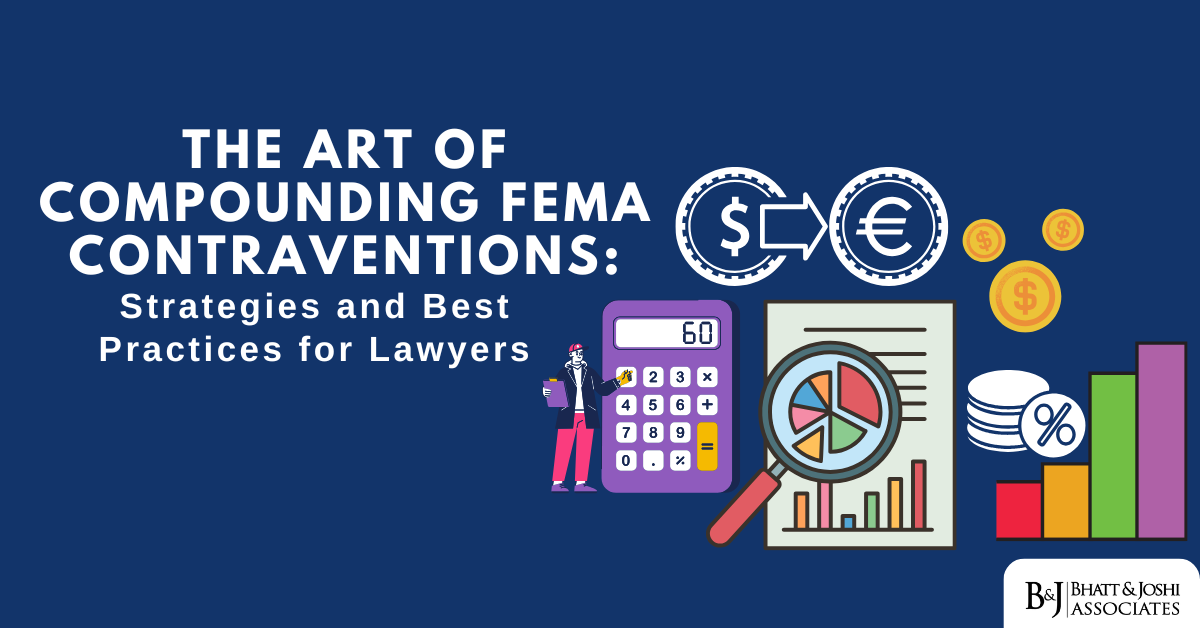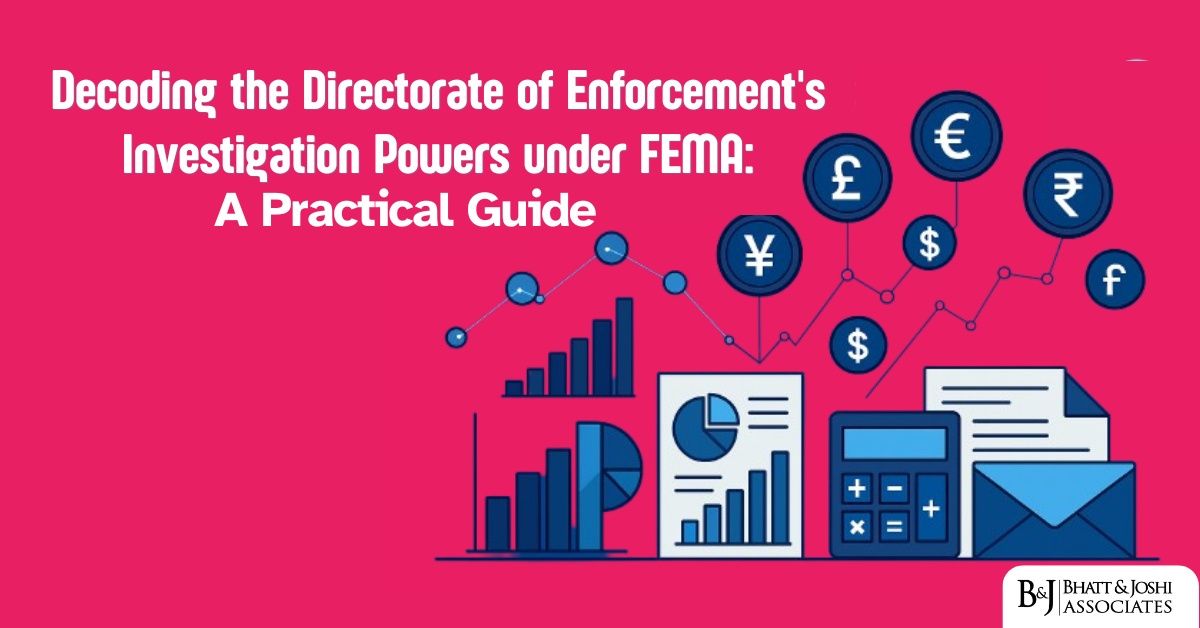An In-Depth Look at the Requirement of Intent (Mens Rea) in Indian Securities Fraud Cases under PFUTP Regulations and the Conflicting Judicial Landscape
Author: Aaditya Bhatt Advocate

Introduction: The Crucial Question of Intent in Financial Wrongdoing
In law, proving wrongdoing often requires demonstrating not just the prohibited act (actus reus) but also a particular state of mind – the intention or knowledge behind the act. This mental element, known as mens rea (Latin for “guilty mind”), is a cornerstone of criminal liability and often central to findings of fraud. However, within the dynamic sphere of India’s securities market, regulated by the Securities and Exchange Board of India (SEBI), the role of mens rea in establishing violations under the SEBI (Prohibition of Fraudulent and Unfair Trade Practices relating to Securities Market) Regulations, 2003 (PFUTP Regulations) [1] is a subject of significant debate and conflicting interpretations. This uncertainty is highlighted by a crucial question of law pending before the Supreme Court of India, stemming from an appeal filed by SEBI itself. The regulator seeks definitive clarification on whether establishing intent is mandatory to hold a party liable for mens rea in PFUTP violations, particularly concerning fraud [2]. This issue cuts to the heart of regulatory enforcement, especially as companies often defend against allegations of deceiving investors by claiming their actions were merely a bona fide (good faith) mistake. This article examines the evolving definition of “fraud” under the PFUTP Regulations, dissects the conflicting judicial pronouncements on the necessity of mens rea, and explores the ongoing tension between protecting market integrity and ensuring fairness to market participants.
Defining Fraud Under PFUTP: A Tale of Two Regulations
The necessity of intent is closely tied to how “fraud” is defined within the regulatory framework. Market abuse, which includes manipulation and fraud, is detrimental to investor confidence and market health. While the SEBI Act, 1992 [3] empowers SEBI to prohibit such practices, the specific definition of fraud has evolved:
- PFUTP Regulations, 1995: The earlier regulations explicitly defined fraud in Section 2(c) as involving acts committed with the “intent to deceive” or induce another party into a contract [4]. This definition clearly incorporated mens rea as a prerequisite.
- PFUTP Regulations, 2003: The current regulations significantly revised the definition in Regulation 2(1)(c). Fraud now “includes any act, expression, omission or concealment committed, whether in a deceitful manner or not, by a person… in order to induce another person… to deal in securities…” [1].
The phrase “whether in a deceitful manner or not” appears, at first glance, to remove the requirement of proving a deceitful state of mind. However, the continued presence of the phrase “in order to induce” introduces ambiguity. Does this mean the purpose must be inducement (implying intent), or does it simply mean the act resulted in inducement, regardless of the actor’s purpose? This ambiguity lies at the heart of the conflicting interpretations.
A Judiciary Divided: Conflicting Signals on Intent
The ambiguity in the 2003 regulations has led to divergent views from the Securities Appellate Tribunal (SAT) and the Supreme Court itself:
- SAT’s Varied Stance:
- In Pyramid Saimira Theatre Ltd. v. SEBI (2010) [5], SAT suggested that certain PFUTP regulations (like 3(b) concerning manipulative devices) might not require proving a specific state of mind.
- However, in S Gopalkrishnan v. SEBI (2011) [6], SAT held that SEBI must prove parties acted “willfully with intent and knowledge” to induce investors wrongly.
- Supreme Court’s Nuanced Positions:
- In N. Narayanan v. Adjudicating Officer, SEBI (2013) [7], the Supreme Court seemed to imply a need for mens rea. It described market abuse involving “manipulative and deceptive devices” and giving out information “known to be wrong to the abusers.” The phrase “known to be wrong” strongly suggests a requirement of knowledge or intent.
- Conversely, in SEBI v. Kanaiyalal Baldevbhai Patel (2017) [8], the Supreme Court appeared to dispense with the need for intent, stating, “No element of dishonesty or bad faith in the making of the inducement would be required.” This judgment favored a victim-centric approach, focusing on the harmful effect on investors.
- Yet, just a year later, in SEBI v. Rakhi Trading (P) Ltd. (2018) [9], the Supreme Court defined market manipulation as a “deliberate attempt to interfere with the free and fair operation of the market.” The word “deliberate” inherently points back towards intention.
This back-and-forth jurisprudence from India’s highest court highlights the deep-seated uncertainty surrounding the role of Mens Rea in PFUTP violations.
The Core Debate: Investor Protection vs. Fairness to Participants
The conflicting views stem from a fundamental tension inherent in securities regulation:
- Arguments Against Requiring Strict Intent (Pro-Investor Protection):
- Focus on Harm: This view prioritizes the SEBI Act’s objective of protecting investors. If an act misleads investors and harms market integrity, the intent behind it should be secondary.
- Strict Liability: Advocates argue that certain market conduct should attract liability based purely on the outcome (strict liability) to act as a strong deterrent. For example, publishing inaccurate financial statements that induce investment could lead to liability even if the publisher believed them to be correct [8].
- Difficulty of Proof: Proving a specific mental state (intent) can be challenging for regulators, potentially allowing culpable parties to escape liability.
- Arguments For Requiring Intent (Pro-Fairness & Market Development):
- Nature of Fraud: Fraud traditionally involves deception, which implies a purpose or willfulness. Removing intent fundamentally changes the nature of the offense.
- Bona Fide Mistakes: Penalizing individuals or entities for genuine errors or misjudgments made in good faith could be unfair and disproportionate.
- Chilling Effect: Fear of liability for unintentional errors might discourage legitimate market participation and risk-taking, hindering market development – another objective of the SEBI Act.
Scienter: A Potential Middle Ground?
Given the starkness of the opposing views, some legal analysts propose focusing on the concept of scienter. This legal term refers to a state of mind signifying knowledge of wrongdoing or a reckless disregard for the truth.
Adopting a scienter standard could offer a balanced approach:
- It avoids the high bar of proving malicious intent (mala fides) in all cases.
- It differentiates between truly innocent mistakes and actions taken with knowledge of falsity or reckless indifference to it.
- It could align penalties with culpability. For instance, severe penalties under Section 15HA of the SEBI Act [3] could be reserved for cases involving proven scienter or malicious intent, while remedial actions like disgorgement of gains under Section 11(4) [3] might be appropriate for less culpable, unintentional violations that still distorted the market [10 – general legal principle discussion].
This approach acknowledges that while market integrity must be protected, the regulatory response should ideally be proportionate to the degree of fault.
The Supreme Court’s Pending Clarification: Seeking Uniformity
The ongoing appeal before the Supreme Court is critically important. A clear ruling on the necessity and definition of intent in PFUTP violations would:
- Resolve the conflicting jurisprudence from lower courts and previous Supreme Court benches.
- Provide much-needed certainty for SEBI’s enforcement strategy.
- Offer clarity to market participants regarding the standards of conduct and potential liability.
- Establish a more uniform and predictable application of securities law in India.
Conclusion: Navigating the Ambiguity of Intention
The role of mens rea in PFUTP violations remains a complex and unsettled area of Indian securities law. The ambiguity in the 2003 regulations, coupled with contradictory signals from the judiciary, creates uncertainty for both the regulator and the regulated. Striking the right balance between protecting investors from harm and ensuring fair treatment for those who may have acted without illicit intent is paramount.
While a strict liability approach prioritizes investor protection, it risks penalizing genuine mistakes. Conversely, demanding proof of malicious intent in all cases could significantly hamper SEBI’s ability to curb market abuse effectively. The concept of scienter offers a potential middle path, aligning liability more closely with knowledge or recklessness. Ultimately, the forthcoming decision from the Supreme Court is eagerly awaited to bring clarity to this elusive element and shape the future landscape of PFUTP enforcement in India.
Sources and Citations:
-
The Securities and Exchange Board of India (Prohibition of Fraudulent and Unfair Trade Practices relating to Securities Market) Regulations, 2003. Available on the SEBI website: SEBI PFUTP Regulations, 2003. (Check for the latest version.)
-
SEBI’s Appeal to the Supreme Court on Mens Rea in PFUTP Violations. The fact of SEBI’s appeal to the Supreme Court on this issue is widely cited in legal analyses. Specific case numbers may vary. Search legal databases or financial news archives for “SEBI appeal Supreme Court mens rea PFUTP”.
-
The Securities and Exchange Board of India Act, 1992. Available on the SEBI website: SEBI Act, 1992. (Link points to the Act within a larger document.)
-
The SEBI (Prohibition of Fraudulent and Unfair Trade Practices relating to Securities Market) Regulations, 1995. (These regulations were superseded by the 2003 regulations.)
-
Pyramid Saimira Theatre Ltd. v. SEBI (2010) SCC Online SAT 90. Securities Appellate Tribunal. Available on SAT website or legal databases.
-
S Gopalkrishnan v. SEBI (2011) SCC Online SAT 199. Securities Appellate Tribunal. Available on SAT website or legal databases.
-
N. Narayanan v. Adjudicating Officer, SEBI (2013) 12 SCC 152. Supreme Court of India. Available on legal databases.
-
SEBI v. Kanaiyalal Baldevbhai Patel (2017) 15 SCC 1. Supreme Court of India. Available on legal databases.
-
SEBI v. Rakhi Trading (P) Ltd. (2018) 13 SCC 753. Supreme Court of India. Available on legal databases.
-
Discussion on SEBI’s Enforcement Mechanisms. The debate on using different sections (e.g., 15HA vs. 11(4)) based on culpability (scienter/intent vs. bona fide mistake) is commonly discussed in legal analysis and academic papers. This represents a potential interpretive direction rather than a universally mandated approach by courts.
Disclaimer: This article provides general information and analysis for educational purposes only. It does not constitute legal advice. Readers should consult with a qualified legal professional for advice tailored to their specific circumstances. Securities laws and regulations are subject to change and interpretation; always refer to the latest official SEBI notifications, regulations, and relevant judicial pronouncements













